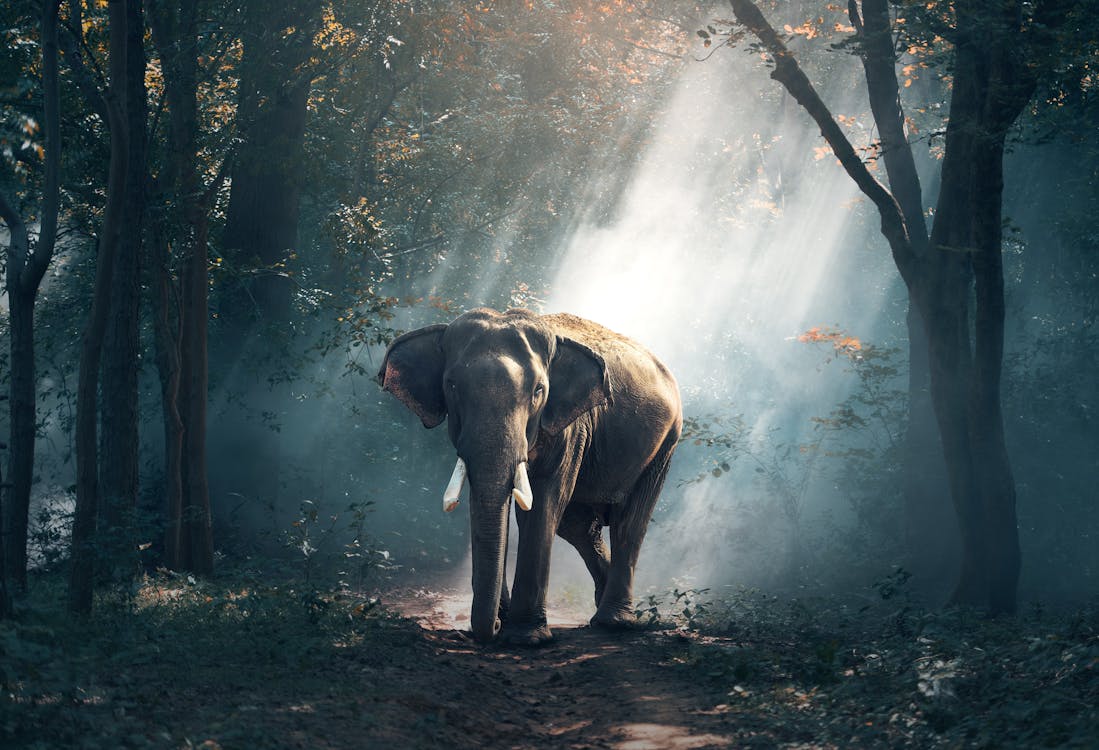Invertebrates and vertebrates are two broad categories of animals, but their differences aren’t always obvious to the untrained eye. Invertebrates can be identified by the fact that they lack a backbone, while vertebrates have one, and this trait usually determines what sort of animal you’re dealing with in the wild. Sometimes, though, distinguishing these creatures by that characteristic isn’t so simple. Here are some tips on how to tell an invertebrate from a vertebrate when you encounter them in nature!
Invertebrate or Vertebrate?
Contents

The main difference between invertebrates and vertebrates is that they have different body structures. All vertebrate animals are capable of back-biting (except for fishes), while inverts can’t back-bite. Because of their inability to do so, invertebrates can’t use tools as effectively as vertebrates can.
Invertebrate Importance to Vertebrates
The invertebrate phylum consists of many species that are not as large in size or well-known as vertebrates, but they still play a huge role in sustaining ecosystems. Their bodies vary greatly—some are small, others are huge; some move quickly, others slowly. With such a wide range of body types, invertebrates perform different roles.
Differences in Habitat

Both invertebrates and vertebrates come in a huge variety of shapes, sizes, colors, diets, etc. However, there are some big differences between these two organisms that set them apart from each other. The first major difference is habitat.
Differences in Classification
Both invertebrates and vertebrates are part of a larger group, called animals. Most taxonomists will divide animals into two different kingdoms: animals with backbones (vertebrates) and animals without backbones (invertebrates). This difference in classification is not an arbitrary decision; instead, it’s based on two key traits that set apart vertebrate from invertebrate.
Differences in Size

An invertebrate is a group of animal species with no backbone, or vertebral column. This means that there are no internal bones that can be observed from the outside of an organism’s body. All animals in existence belong to one of two distinct categories: invertebrates, or vertebrates. The classification of creatures as either invertebrate or vertebrate does not necessarily reflect their size—some very large creatures, such as whales and elephants, are actually classified as being a type of vertebrate called mammals.
Adaptation to the Environment
As implied in its name, an invertebrate has no backbone. These animals rely on internal or external support to maintain their shape; vertebrae, which are small bones within a backbone, allow for more complex movements than those of invertebrates.
Evolution of Invertebrates

It’s hard to think of a more successful evolutionary strategy than invertebrate reproduction. From jellyfish to snails, sea cucumbers to earthworms, there are thousands of different species of invertebrates with unique adaptations for survival. These animals are abundant in most ecosystems, meaning that an enormous number of them have been alive on Earth for hundreds or even millions of years – far longer than their vertebrate counterparts.
Test Yourself: Invertebrate or Not?
Sea stars, worms, flies, octopuses, squid, clams—these animals may seem pretty different from humans. But one thing they have in common with us is that they’re all invertebrates. And if you’re like most people, you probably didn’t even know what invertebrate means!



GIPHY App Key not set. Please check settings